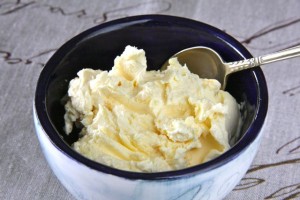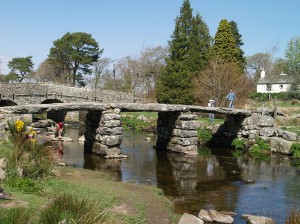Raw milk is a bit of a sore subject with me. I was raised on it, so were my children, and even some of the older grandchildren had it as little ones. None of us ever got sick from it, but now its all cooked to death and regulated. Here’s the thing though one of my niece’s boys is a pathology doctor, he does post-mortems, I couldn’t do that, awful, but he’s a nice boy.
Anyway, he says that most of us wrinklies (old people) that end up having an autopsy have signs of TB scarring on the lungs. Not enough to have made us have TB, or give others TB, but enough to say that some TB got into us. He said there’s a good case for saying that the raw milk we drank almost vaccinated us against TB, stopped us getting it if you know what I mean. I don’t really understand all that too much, I just know that we rarely got ill and we drank the stuff daily.
You can still get it here at farmers markets and anyone in the family who goes always brings some back, they won’t let their little ‘uns have it, bloody fools, it would do them the world of good.
Anyway, raw milk makes the best cream and that’s that. The rich Jersey milk we can buy in the shops is the next best, far better than regular milk but nowhere near as good as ‘real’ milk.
Okay, clotted cream. It’s the thickest of all the creams with lovely deep color and its simple to make, even more, simple on a gas or electric hob than it was on a range.
- Fill a large pan with milk to within an inch of the top and set it on the stove.
- Bring it up to heat slowly, really slowly. This bit is where the range was easier because it took a long time.
- Just as the surface of the milk begins to ‘pop’ as it’s heading towards boiling but not quite there, take it off the heat. This is where the range loses to modern stoves, you couldn’t turn it off.
- Leave the milk in the pan to go cold.
- Skim the cream off the top of the cold milk and set aside. Start to reheat the pan of milk exactly as before.
- You repeat this process until no more cream rises to the top of the pan.
What you are left with is skimmed milk, the cream and fat have been skimmed off the top. This milk makes wonderful scones and biscuits and it very good for glazing the top of bread to give it a deep golden colored crispy crust.
You could just drink it, but I don’t much like drinking skimmed milk but Skinny Ginny, the dieting granddaughter is more than happy to guzzle it down.
My afternoon at the school went very well. The children were really polite and very interested in crochet. We ended up talking more about the old days than doing a wool craft, and the boys were really interested in the things Ernie did with his own hands before all the machines were around. I hope they invite me back, I really enjoyed myself.
I’m not doing too much today, getting on a bit for all the gadding about, but tomorrow I am going up on Dartmoor, I love the moors, so wild and natural. Somebody in the family tries to take me up there a couple of times a year in the summer.
There’s a bridge there that was built by people way back, nigh on a thousand years ago. There are lots of these bridges, called Clapper bridges on the moors, but the one in the village of Post Bridge is the oldest.
Oh, the Summer pudding went down very well, it’s been a long while since we had one, but it was just as good as I remembered.
Regards,
Maud
A Clapper bridge, Dartmoor, Devon
This article was originally published at Ready Nutrition™ on July 25th, 2014








